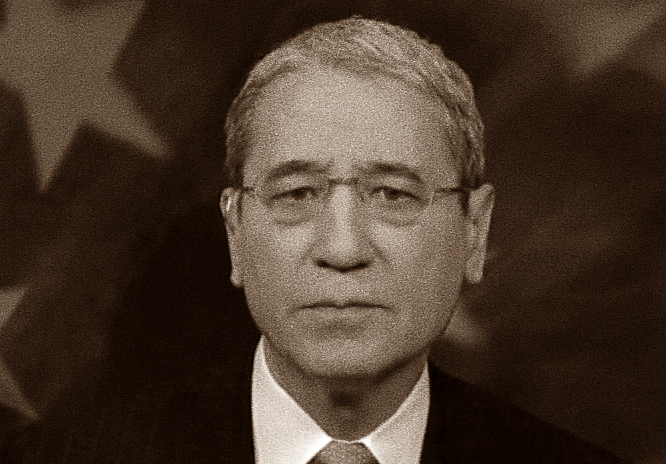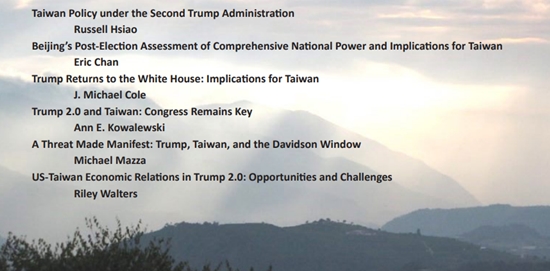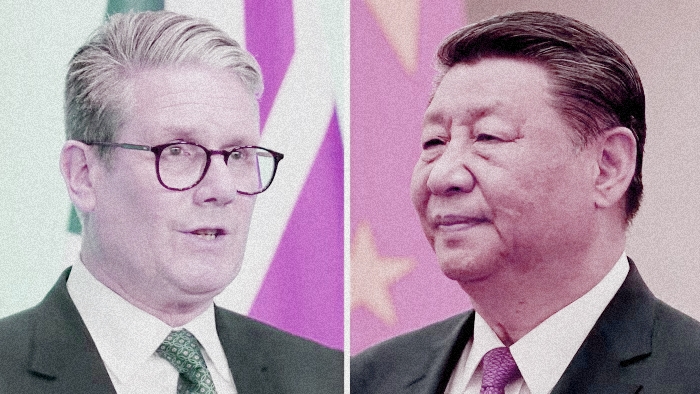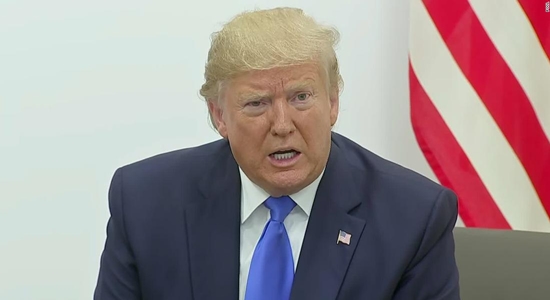
Gordon Chang says that there are two kinds of Chinese propaganda, somewhat plausible and entirely implausible. They both do what they’re supposed to do, at least well enough for government work—the Chinese government’s work.
In his article (“China’s Propaganda: Ludicrous, Malicious, Extremely Effective,” Hoover Institution, May 5, 2021), Chang quotes Kerry Gershaneck, author of Political Warfare: Strategies for Combating China’s Plan to “Win Without Fighting”:
As they say, quantity has its own quality. Gershaneck . . . refers to “the sheer mass of the daily bombardment of Communist Party messaging through Chinese state-owned and co-opted foreign media.”
“Upright Voice Needed Globally Against Western Public Opinion Hegemony,” a Global Times headline from this April tells us. [The Global Times is a Chinese Communist Party publication.] There is, in fact, no longer any Western “hegemony” in public opinion, if there ever was.
China’s giant—and effective—propaganda effort has seen to that. As Gershaneck points out, “The democracies have abdicated the Information Battlefield to China for roughly three decades and are only recently beginning to recognize the egregious price they are paying for this failure.”
Chang’s example of somewhat plausible Chinese propaganda is Chinese diplomat Yang Jiechi’s in-your-faces assertion to U.S. Secretary of State Antony Blinken and U.S. National Security Advisor Jake Sullivan that “the United States does not have the qualification to say that it wants to speak to China from a position of strength.”
Yang’s words, part of a long tirade, were immediately amplified by Chinese state and Communist Party media. His comment was carried for weeks, first by reporting and then by analyses. . . .
[In addition to bolstering Communist Party rule in China,] Yang’s comment also served to intimidate foreigners. As Cleo Paskal of the Foundation for Defense of Democracies said to this publication, “Berating the U.S. delegation in Alaska served the propaganda purpose of showing smaller countries ‘look at what we are willing to do to the U.S. so imagine what we will do to you.’ ” Paskal says Beijing has been “increasingly shifting to a ‘fear us’ message.”
That message is usually presented these days in a U.S.-is-in-irreversible-decline packaging, implying, without subtlety, that countries can no longer rely on Washington for help.
Such packaging succeeds in part because of the way officials like Blinken and Sullivan let themselves be set up by the Chinese, in part because so much current U.S. policy seems designed to precipitate decline, in part because the presumably ineluctable decline of this or that civilization is an ancient theme. In modern times, western prophets of doom for the West have ranged from historian, relativist and fantasist Oswald Spengler, author of Decline of the West (1918-1922); to self-help writer Robert Ringer, author of How You Can Find Happiness During the Collapse of Western Civilization (1983); to philosopher Leonard Peikoff, author of The Ominous Parallels: The End of Freedom in America (1982) and The DIM Hypothesis: Why the Lights of the West Are Going Out (2012). Many others also say, with varying degrees of persuasiveness and attention to countervailing evidence, that everything hereabouts is going to hell in a handbasket. So the Chinese have something to work with—not least their adversaries’ own persistent ideas and apprehensions—when they assert that Washington is on its way out.
Chang’s example of entirely implausible Chinese propaganda is the claim that COVID-19 originated in Fort Detrick in Maryland, whence it whooshed to Wuhan. The CCP has never provided any evidence for the claim. What the party has done, though, is repeat the claim endlessly. “China’s propaganda line may be ludicrous,” Chang says, “but Beijing through social media and other means knows how to keep a story going.”





